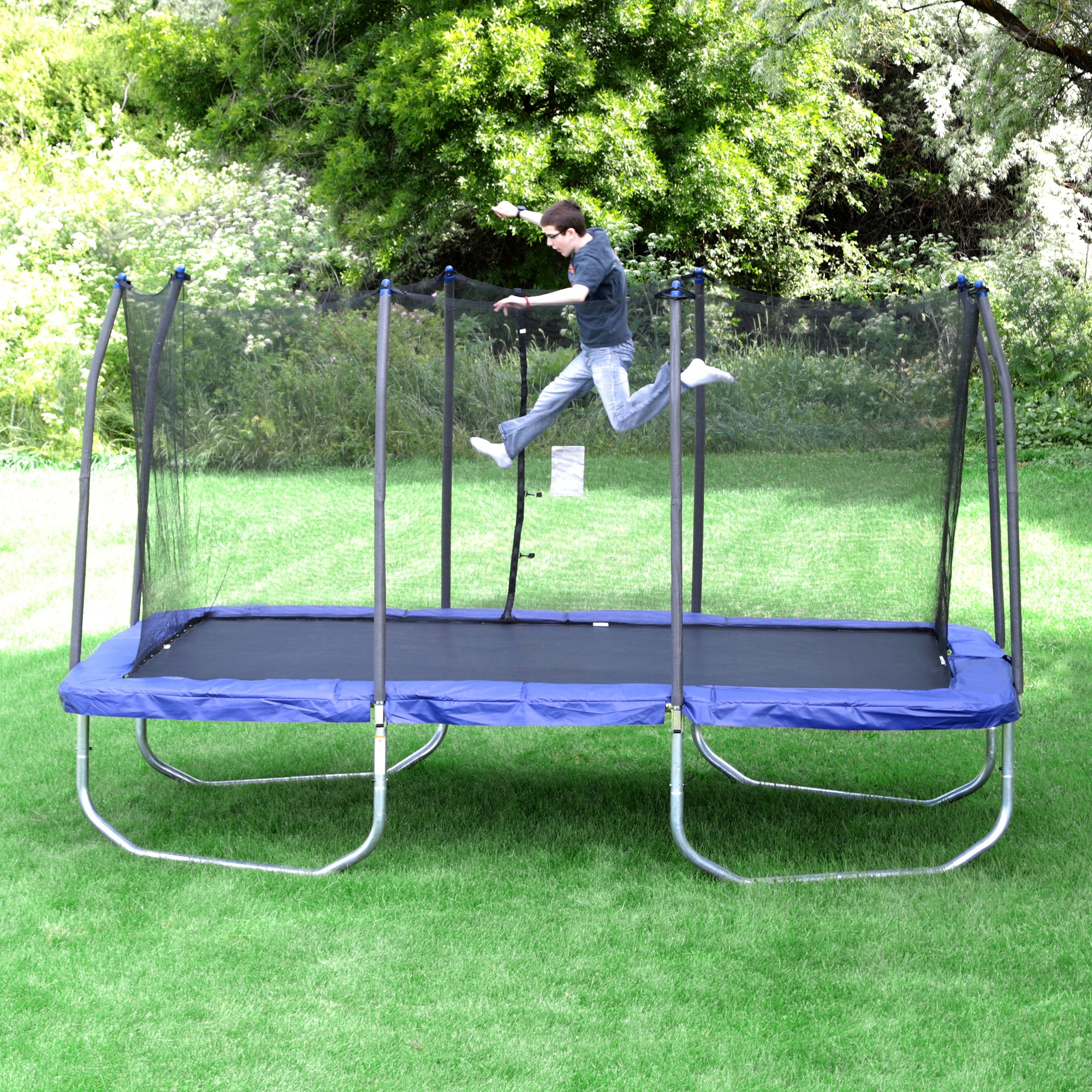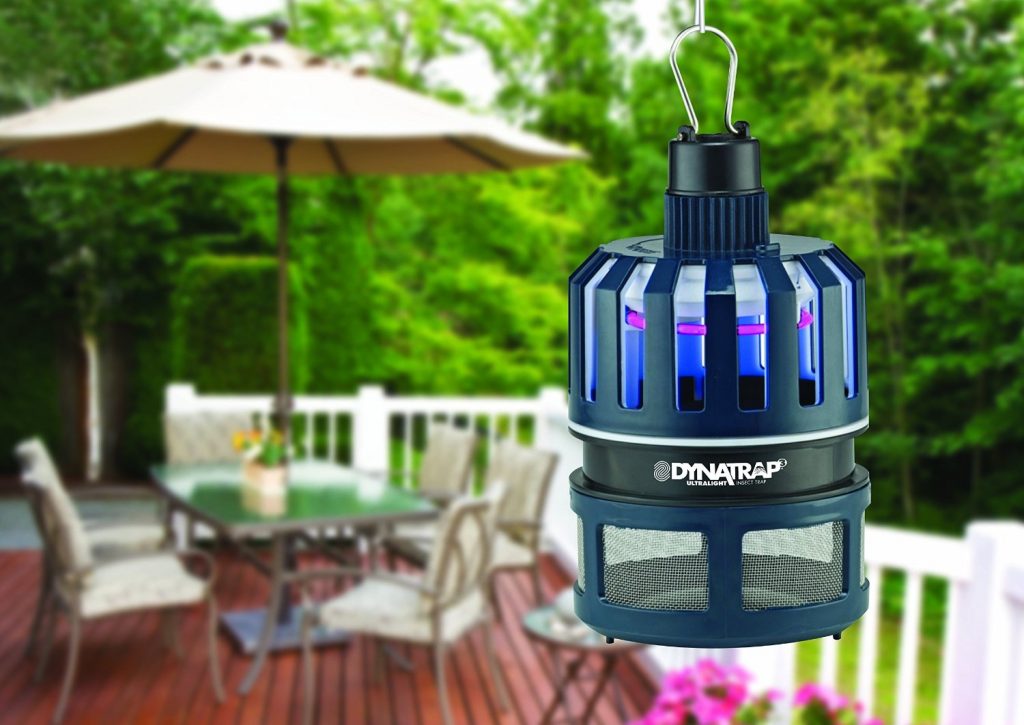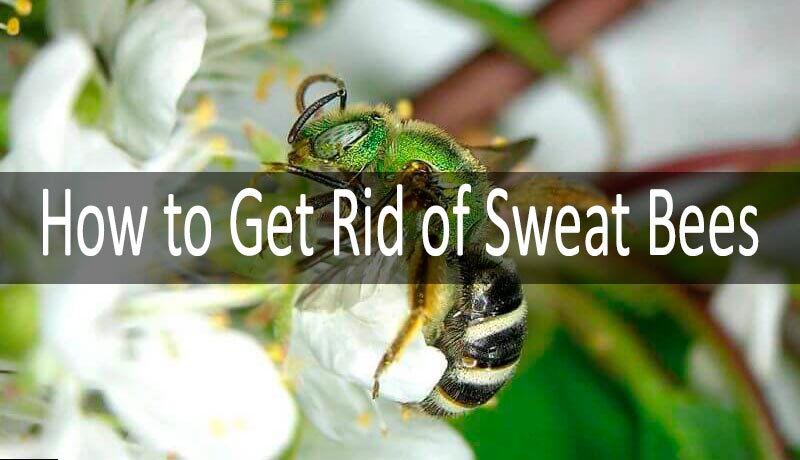Not all insects are pests. There are, in truth, plenty of good bugs for your garden. Most growers recognize the help by these beneficial insects as well as the harm done by others.
Beneficial insects fall into three main categories
- Pollinators: We depend on these insects—including bees, butterflies, flies, and moths. They pollinate our garden’s flowers.
- Predators: These insects kill pests by eating them. This classification includes things such as ladybugs, praying mantises, and green lacewing larvae.
- Parasitizers: These insects prey upon other insects. They are almost the same with predators but in a different way. They lay their eggs on or in the bad bugs and the larvae feed on the host insects when the eggs hatch. The primary members of this category are parasitic wasps.
In this article, we’ll help you determine whether the bug you see in your garden is harmful or helpful.
BENEFICIAL INSECTS
Here’s a list of some of the best beneficial insects to have in your gardening space.
Praying Mantises
A praying mantis can help you deal with any grasshoppers that are troubling you. These fierce predators will hunt many other pests that terrorize gardens. That includes moths, beetles, and flies. But, praying mantises are vicious. They may resort to eating other beneficial pests. That includes butterflies, bees, hummingbirds, and even their own kind!
Bumblebees, Honey Bees, Mason Bees
Bees are usually known as nature’s best pollinators. Without them, we wouldn’t have as many flowers and plants.
Bumblebees are sturdy and hairy. They are about 1.5 to 2.5 cm (approximately 0.6 to 1 inch) in length on average. They have broad yellow or orange bands wrapped around their black body.
In nests or hives, honeybees are social insects and live together. Honeybees are remarkable for their dancing movements it performs in the hive. This is to communicate to its fellow bees about the location, distance, and size. They also discuss the quality of a particular food source in their surrounding area.
Mason bees don’t make honey. But with their pollination abilities, they pack a punch. This allows plants to seed and multiply. They help increase fruit trees and berry canes to their yield. They cultivate flower landscapes to burst with color.
Benefits of having bees in your garden: food crops are pollinated.
Bait honeybees with: Orchard fruits, mustards, cress, wildflowers, clover, blueberries, and hollyhock.
Parasitic Wasps
Parasitic wasps are very tiny, so you will not see them at work. But, they are very effective.
Braconid wasps lay their eggs on the backs of tomato hornworms and caterpillars. It forms white cocoons that can be usually seen on the caterpillar’s back. If you see a caterpillar that has been parasitized, don’t kill it. Move it elsewhere in your garden, instead. The wasp larvae are going to take care of them and turn them into more wasps for you. In your tomato patch, these wasps will keep on doing their good work.
In the eggs of over 200 different insect pests, Trichogramma wasps lay their eggs inside. The tachinid fly resembles a small housefly. But it is an aggressive parasitization of corn borers, grasshoppers, and Japanese beetles. They also prey on squash bugs, green stink bugs, and gypsy moth caterpillars.
Benefits of having parasitic wasps:
They will use caterpillar and aphid larvae as their nesting ground. It then considered them as parasites.
Bait parasitic wasps with:
Dill, mint, sage, thyme, lavender, coriander, Queen Anne’s lace, sunflowers
Ladybugs
Ladybugs are ferocious predators, despite their delightful name and appearance! Many insects, particularly aphids and other sap feeders, are natural enemies of them. In its lifetime, a single lady beetle can consume as many as 5,000 aphids.
Adult ladybugs have very distinctive convex, hemispherical to oval-shaped bodies. They can be yellow, pink, orange, red, or black. Their bodies are usually marked with distinct spots. This is a form of coloration warning to discourage other animals that may attempt to eat them.
Benefits of having ladybugs in your garden:
They eat aphids and other soft-bodied pest eggs, scales, and whitefly nymphs.
Bait ladybugs with:
Asters, Cosmos, Yarrow, Cabbages, Sweet Alyssum, Flowering Kale, Cilantro, Dill
Soldier Beetles
Soldier beetles are an important predator with soft-bodied, straight-sided beetles. They are a common outdoor insect. As either larvae or adults, they can be plentiful accidental invaders. They may feed on nectar and pollen as they lie in wait for prey, but they do no harm to the plants.
Benefits of having soldier beetles in your garden:
They feed on Mexican bean beetles, Colorado potato beetles, caterpillars, and aphids.
Bait soldier beetles with: bright flowers like marigold and daisy varieties. They are also attracted to goldenrod, which is their favorite plant, as well as linden trees.
Ground Beetles
Ground Beetles are a group of predatory beetles. Both adults and larvae are beneficial. Most ground beetles are shiny and black (some are metallic), and have rigid wing covers. They have smaller heads than the thorax. Also, thread-like antennas are another trait of ground beetles.
Adults are active at night and appear to hide throughout the day under rocks. They come out to prey on unsuspecting insects at night.
Benefits of having ground beetles in your garden:
They will destroy slugs, snails, cutworms, flies and root-maggot eggs and larvae.
Bait ground beetles with:
There are many ways to bait these ground beetles. That includes sweet or white clover and other ground covers. Also using mulch will help provide habitat.
Green Lacewings
Green lacewings are a group of beneficial insects that are usually under-appreciated. They are important predators of many types of soft-bodied insects and insect eggs.
The adult green lacewing is about 3/4-inch-long. It has a light green color with lacy wings and a delicate appearance. They are weak fliers and are usually found near aphid colonies. The adults feed on nectar, pollen, and honeydew. Some species, however, feed on insects.
Benefits of having lacewing in your garden:
Pest eggs, aphids, scales, and small caterpillars are preyed upon by lacewing larvae.
Bait lacewing with
Most pollen and nectar flowers, dill, daisies, fennel, angelica
LIST OF NON-BENEFICIAL INSECTS
If there are beneficial insects, then there are also bad bugs that you need to get rid of. Here is the list:
BOXELDER BUGS – It feeds on the leaves, which can cause some damage but usually very little.
MEALYBUGS – Bugs suck plant sap. This weakens the tissue and causes stunted, distorted, discolored, spotted, or yellowed foliage. Large infestations of these bugs can cause premature leaf or fruit drop or worse, death.
AZALEA LACE BUG – they pierce leaves and suck out the chlorophyll. This causes yellow dots on the top side of the leaves. Eventually, the foliage turns white, which is a sign of a dead plant.
Tomato hornworm, Corn earworm, Imported Cabbage worm
All three worms are voracious foliage eaters. They contaminate what’s left with their feces. Hornworms also will eat into green fruit. Corn earworms usually feed on developing tassels. Then, they will eat down through the kernels. Cauliflowers and broccoli are at risk with cabbage worms. They will chew on the heads of these vegetables.















